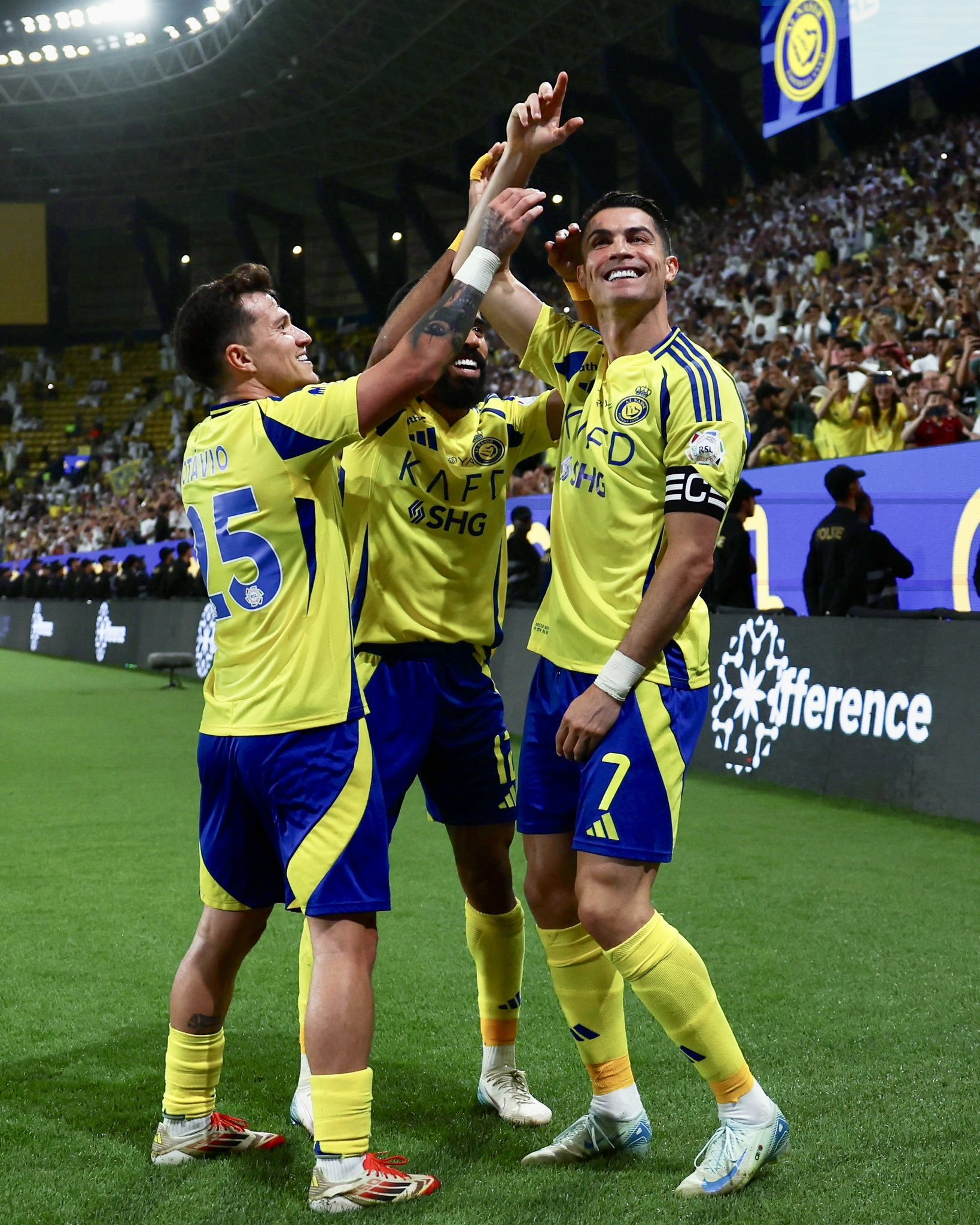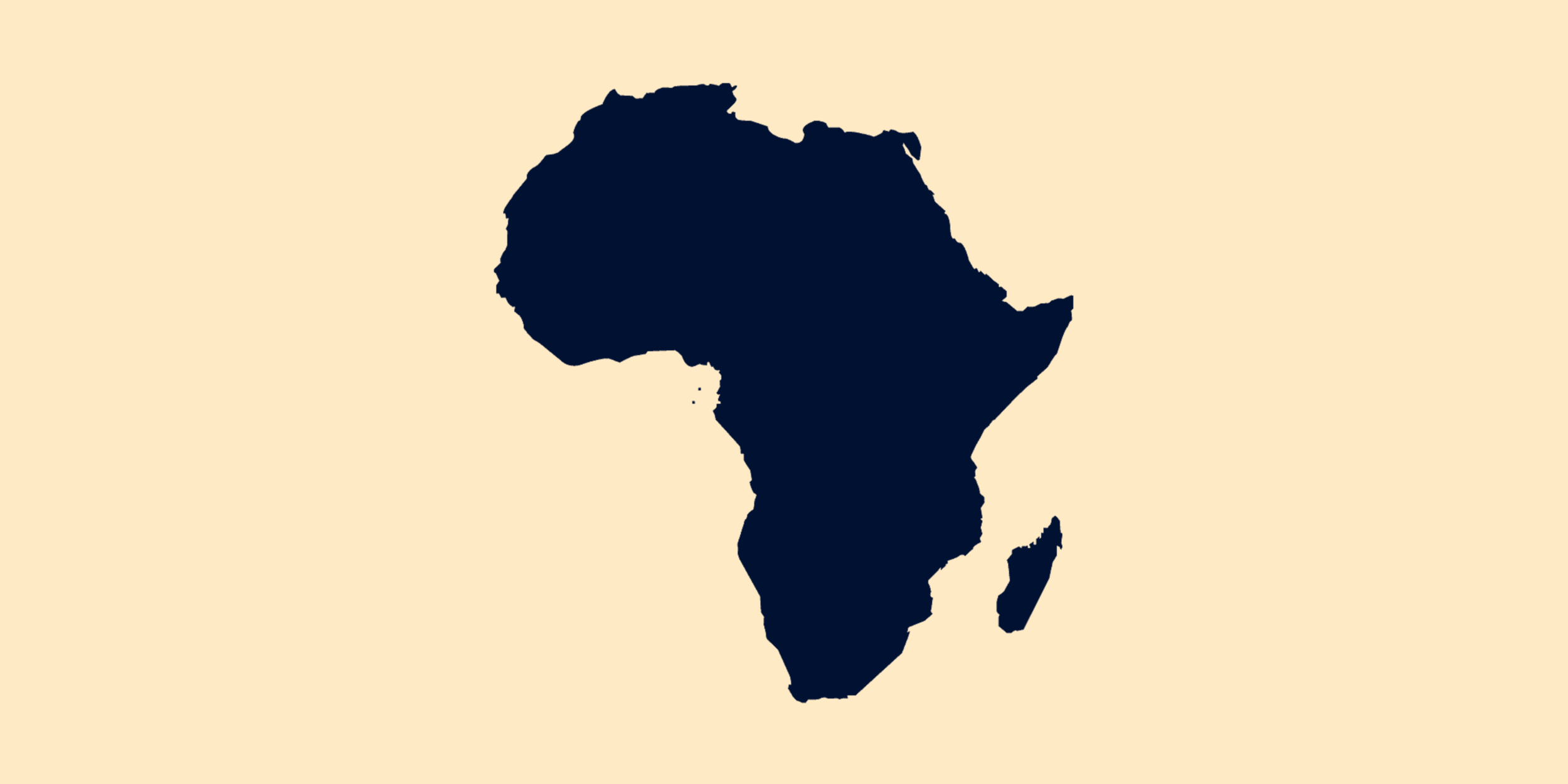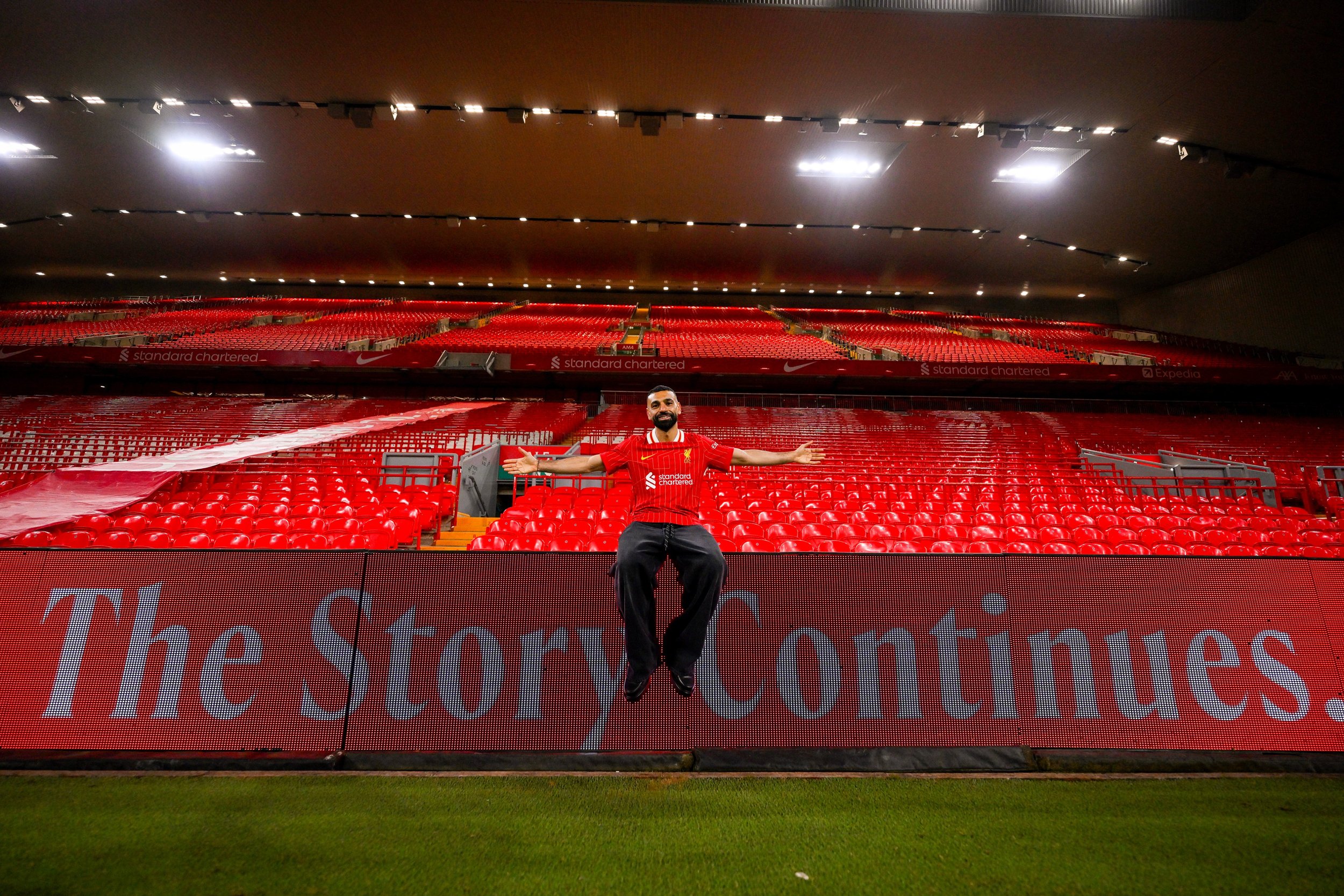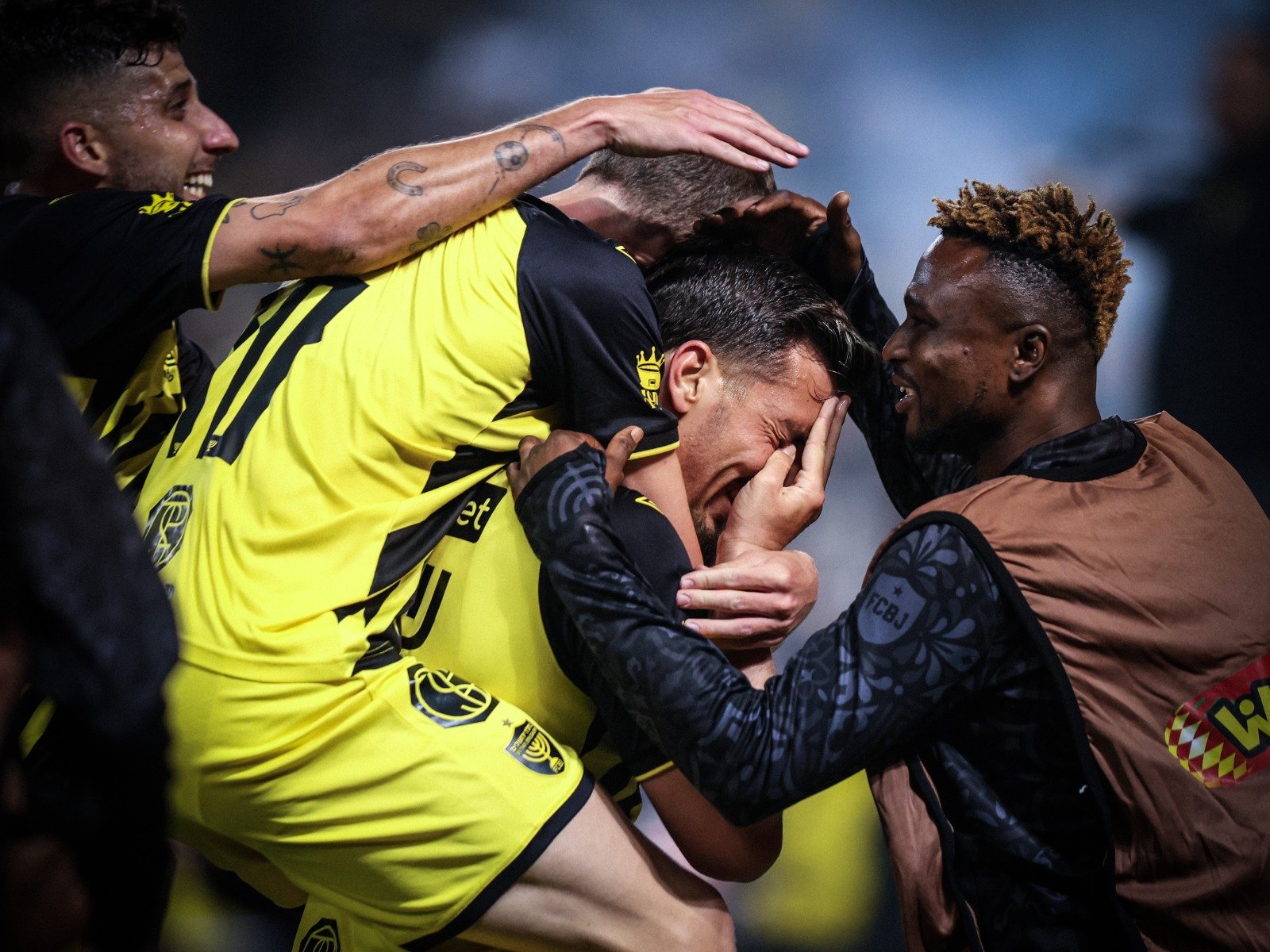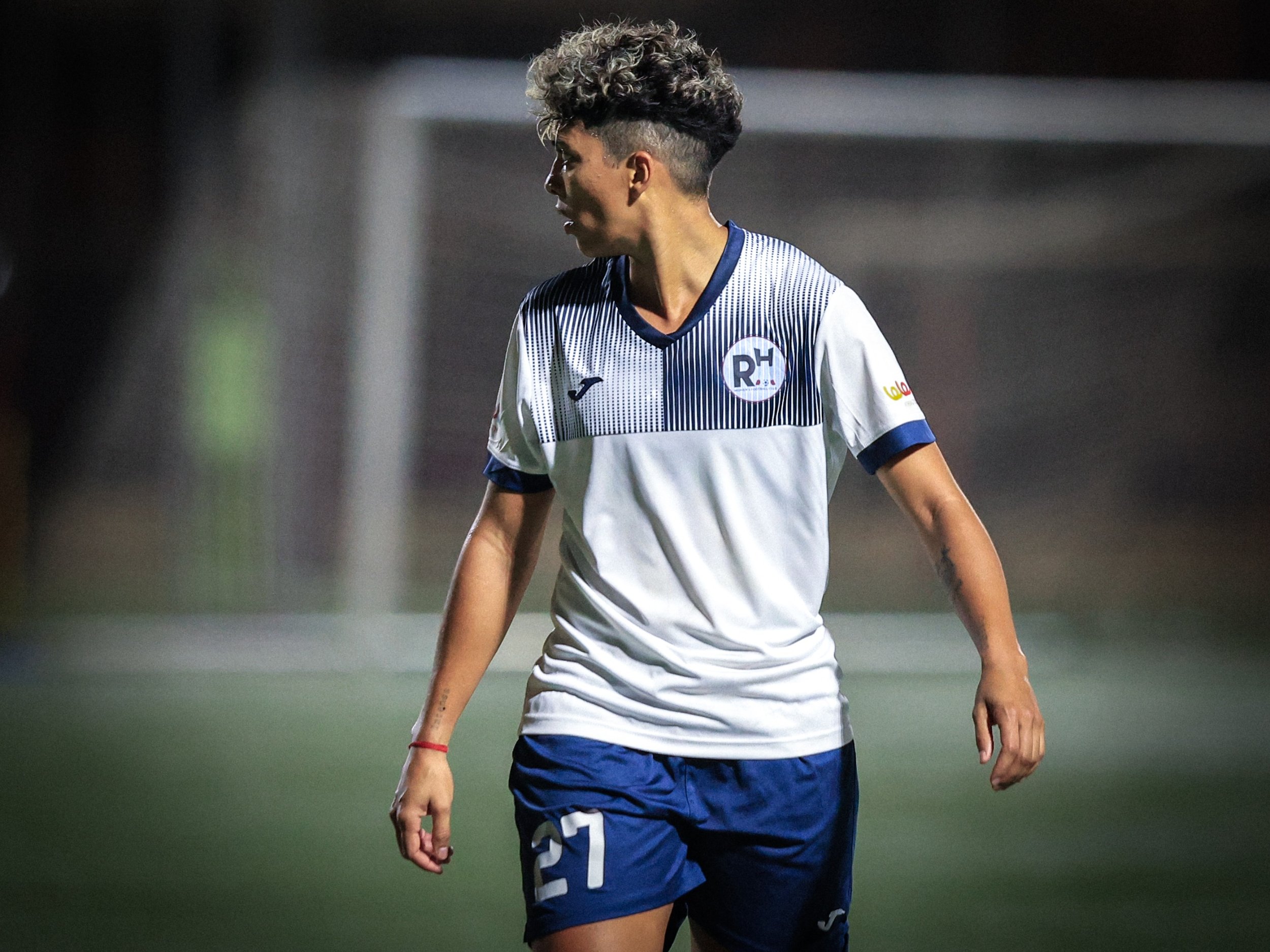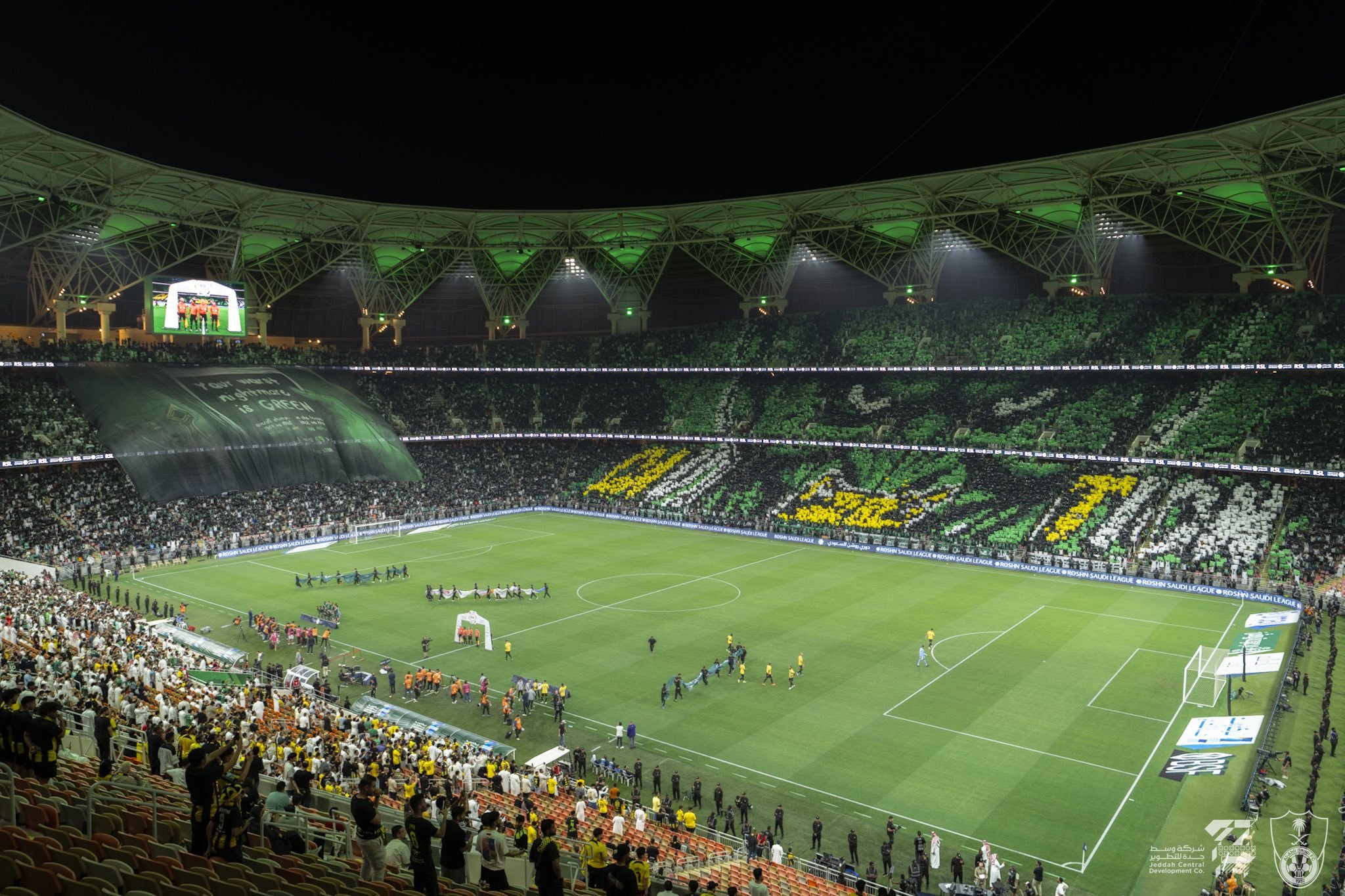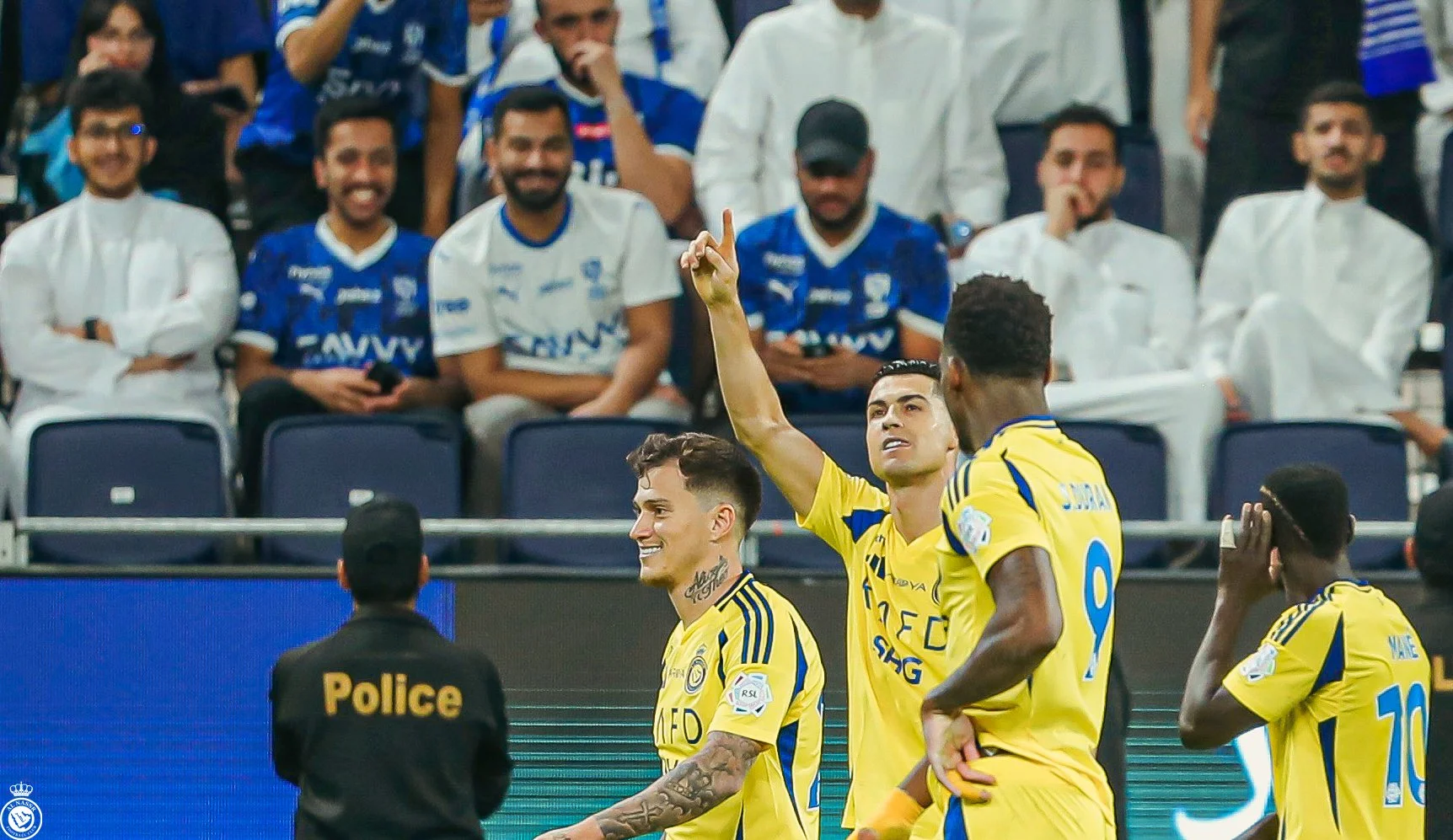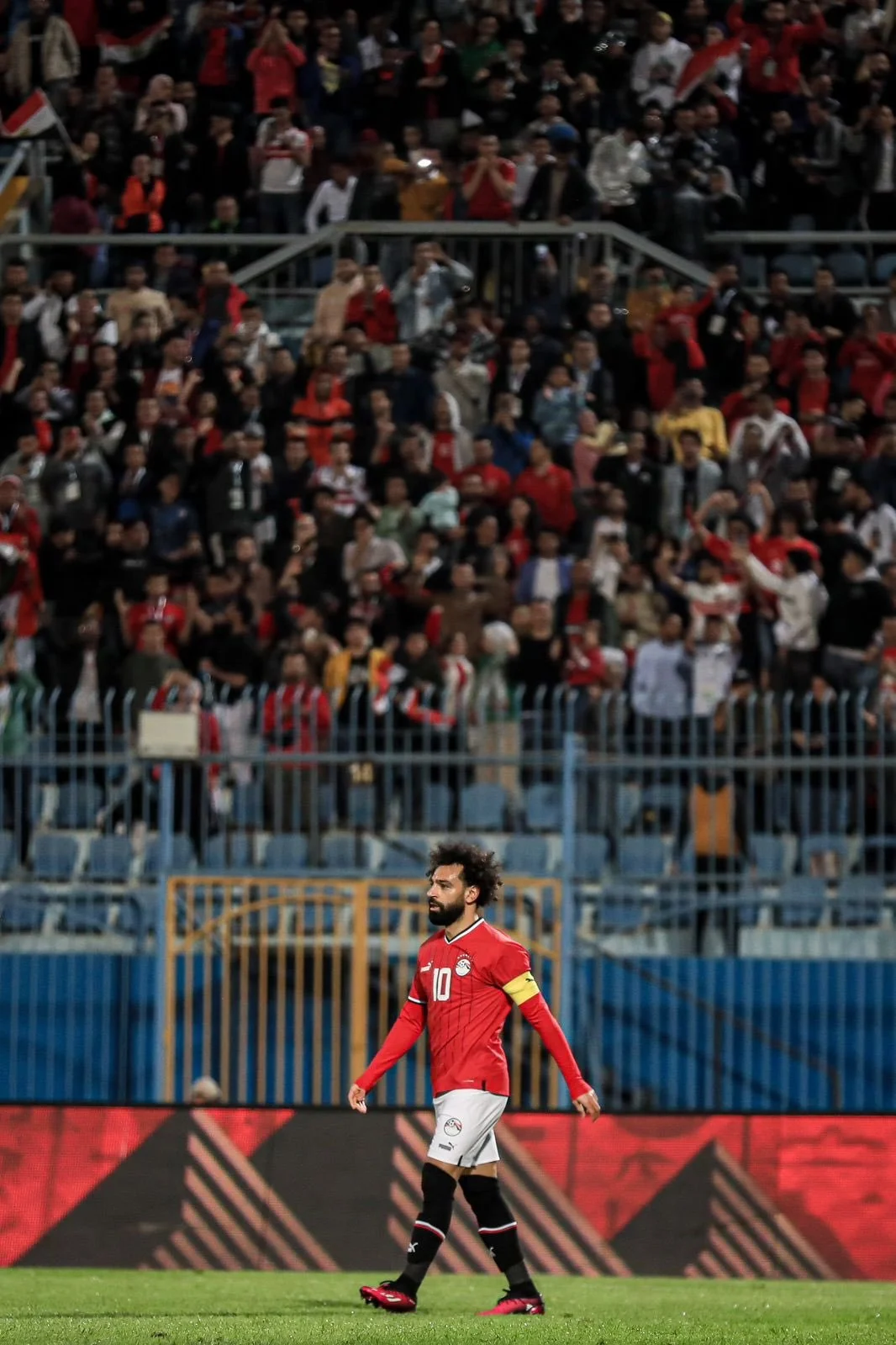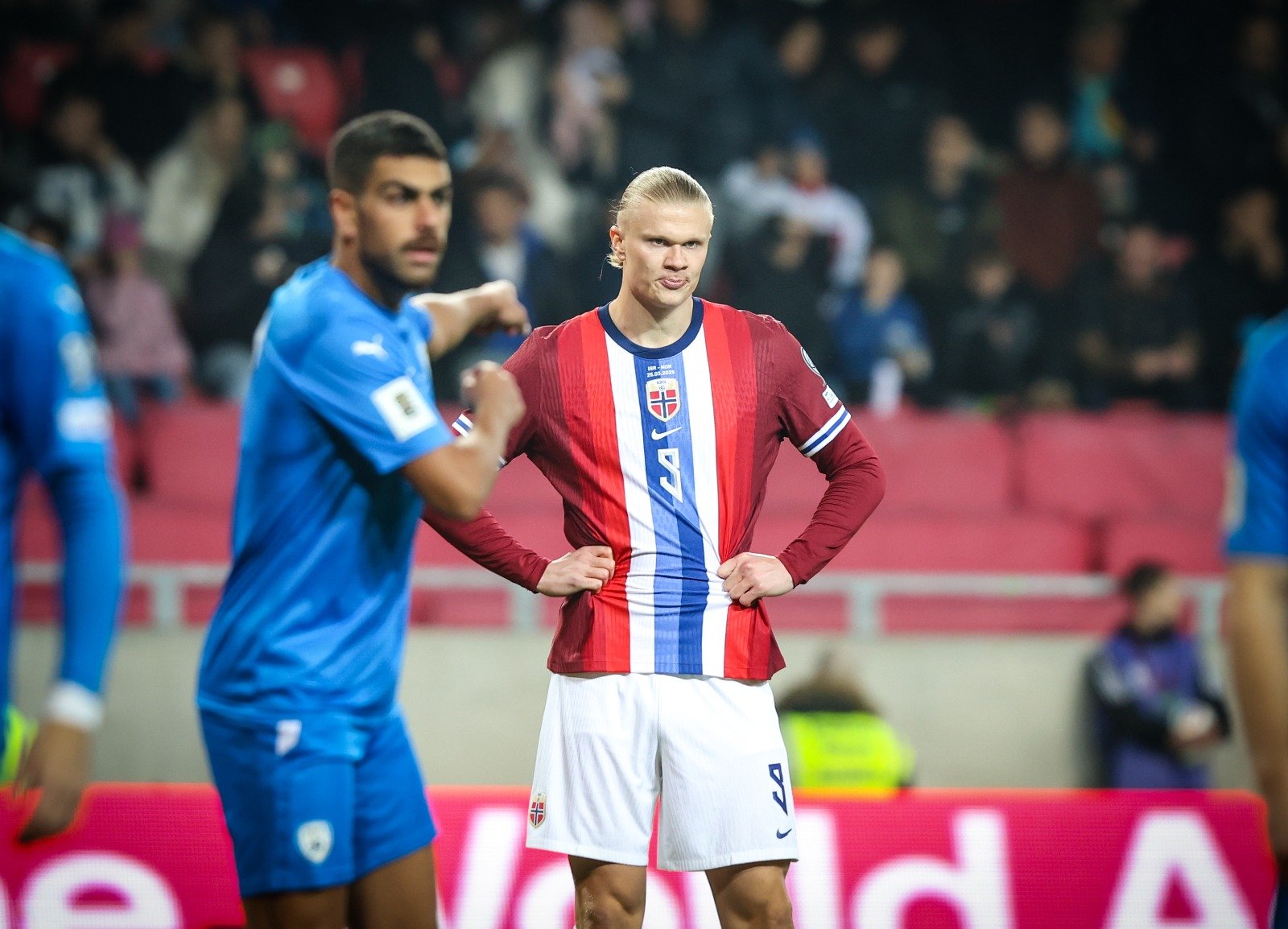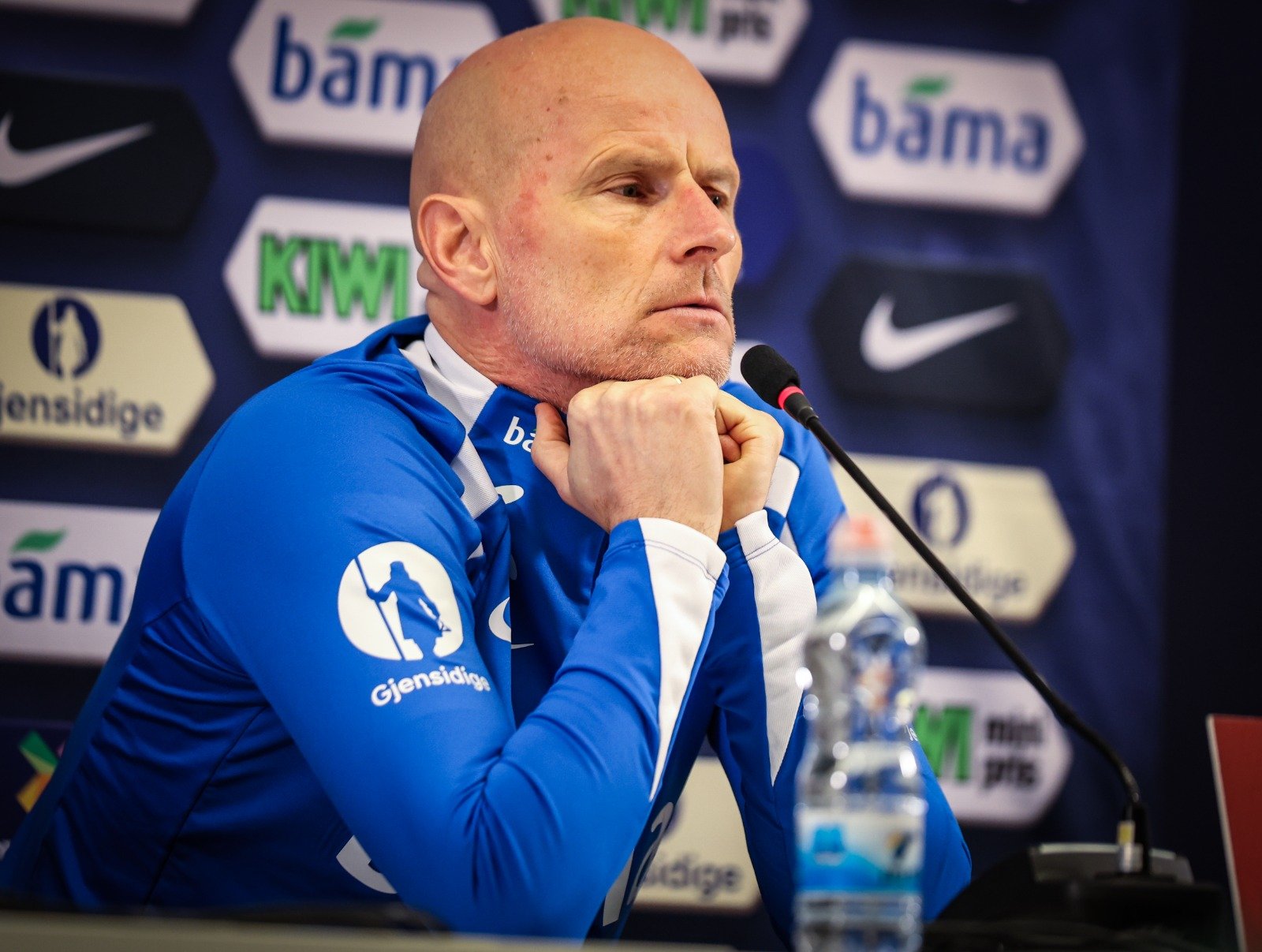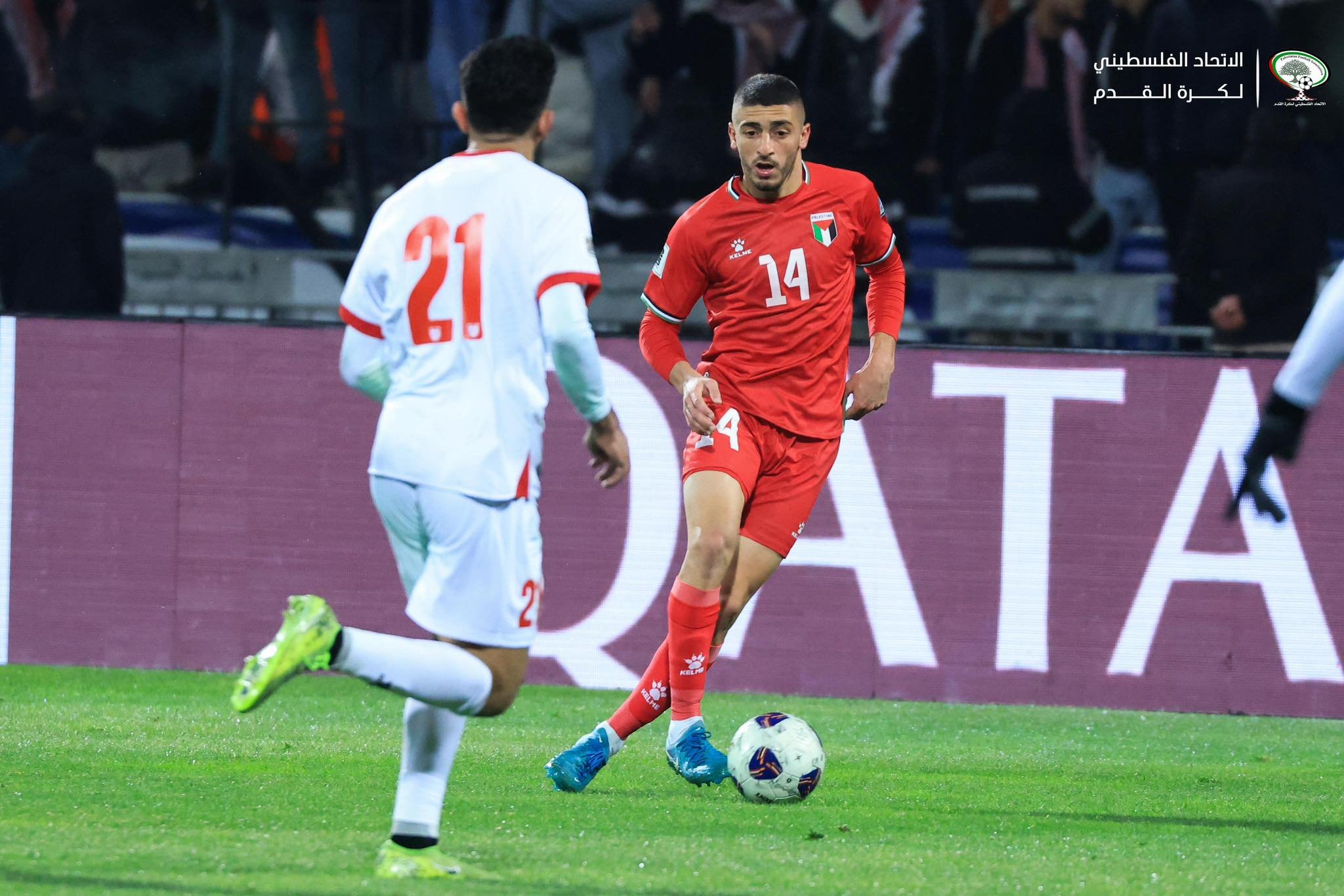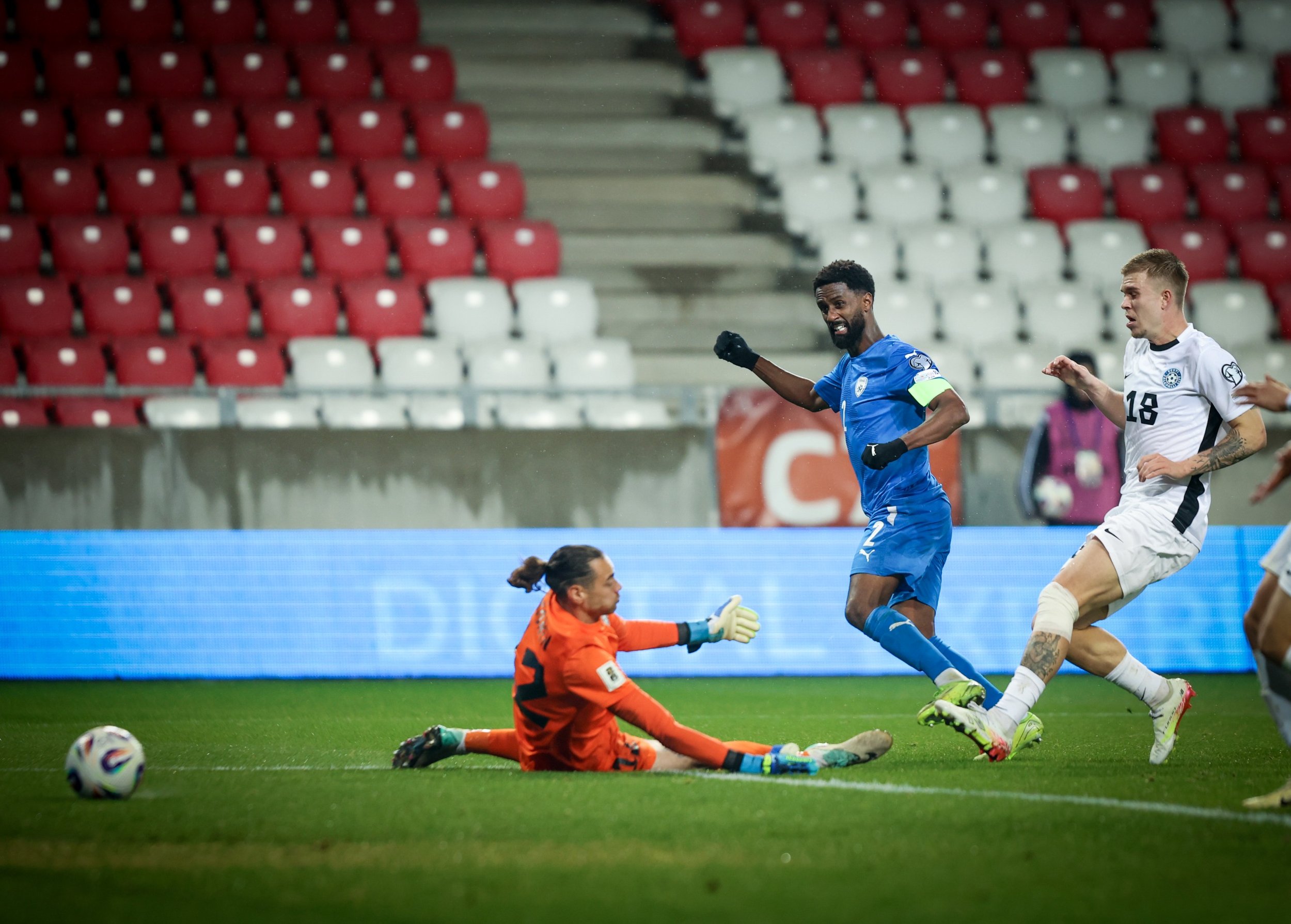Ukraine and Russia have been locked in an ongoing conflict since 2014.
Crimea was annexed, separatists that lead Donetsk and Luhansk have positioned themselves to establish new republics, and now the tensions are higher than ever. War, or even a Russian invasion, has become a scenario for which the world is getting prepared.
Football can’t be protected from conflicts around the world, and that’s the same in Ukraine.
President Biden spoke with President Vladimir Putin today to make clear that if Russia further invades Ukraine, the U.S. and our allies will impose swift and severe costs on Russia. President Biden urged President Putin to engage in de-escalation and diplomacy instead. pic.twitter.com/HqK0b65kFm
— The White House (@WhiteHouse) February 12, 2022
The first champions
In 1992, when Ukraine became an independent country, their own domestic league was established. Tavriya Simferopol were crowned the unexpected champions of the inaugural season - they’d previously played in the Soviet Union’s second tier - defeating Dynamo Kyiv 1-0 in the final. Before their relegation in 2014, Tavriya Simferopol had played every season in the top flight.
The city of Simferopol was at the heart of the conflict. Simferopol is the biggest city in Crimea, and acts as the region's capital. After the annexation of Crimea, it was clear that Tavriya could no longer play in the Ukrainian league. First, they tried to ask UEFA to approve their request to join the Russian FA. The Ukrainian FA refused, and UEFA decided to decline the request, declaring it illegal.
UEFA found a solution with the creation of a new league in Crimea. Crimean clubs left the Ukrainian league and joined the newly formed competition. Tavriya folded, and a new club named TSK Simferopol were established in their place - just like in Ukraine, TSK Simferopol won the first Crimean championship in 2016.
Pour officialiser un peu plus l'intégration de la Crimée à la Russie, ces 2 clubs vont demander en 2014 à être transférés du championnat ukrainien au championnat russe. pic.twitter.com/Fs9cMMkDc0
— Football Club Geopolitics (@FCGeopolitics) March 18, 2020
The abandoned cities
During the fighting in Donetsk in 2014, a viral video showed the Russian army bombing the Donbass Arena, only two years after the stadium hosted matches at Euro 2012. Besides being the home of Shakhtar Donetsk, it also hosted Spain's matches against France and Portugal on their road to the European title.
Pro-Russian separatists declared the city as the Donetsk People's Republic, making it, in their eyes, no longer a part of Ukraine - so Shakhtar had to leave. First they played in Lviv, and later moved to Kharkiv. Their local rivals, Olimpik Donetsk, relocated to Kyiv.
Donetsk is not the only city involved in the conflict, with Luhansk also declared as a republic by pro-Russian separatists. The local team, Zoriya, were forced to relocate too, and moved their games to Odessa and Zaporizhya. Unlike Shakhtar, who are popular enough to attract fans wherever they play, Zoriya lacks supporters. In an average match, they are playing in front of just 4,000 fans, compared to 10,000 in their hometown.
Worth remembering: Shakhtar's Donbass Arena has been shut since 2014, when it was hit several times by artillery shelling. They have played in Lviv (600 miles away) and Kharkiv (183 miles). Donestk, in the east of Ukraine, was at the heart of the Ukraine-Russia conflict. pic.twitter.com/dPlZmMv6a0
— Colin Millar (@Millar_Colin) October 21, 2020
UEFA limits
In the last week, UEFA had to deal with something that hasn’t occurred for a long time. Russia and Ukraine played against each other in the UEFA Euro Futsal semi-finals. The tournament was played in Amsterdam, and there were no notable incidents.
For the governing body, it's not enough. The last time a Russia-Ukraine clash happened in a UEFA Competitions was in 2011 - Zenit St. Petersburg and Shakhtar Donetsk were drawn together in the Champions League group stage. The Donbass crisis led the UEFA Emergency Panel to restrict drawing Russian and Ukrainian teams together for the foreseeable future.
Sometimes it has led to a situation where the draw becomes an allocation. In the draw for Euro 2020, Ukraine was automatically allocated to group C, as the other option was to play against Russia in St. Petersburg. The same incident occurred in the Champions League qualifiers draw in 2020-21 - Dynamo Kyiv were seeded, Krasnodar were unseeded, and only four teams took part in that draw.
The unstable situation gives UEFA little time to make decisions. In 2018, Ukrainian ships were captured near Crimea by the Russian Federal Security Service. The crew members were sentenced in Crimea, and there was a chance that this incident would lead to war. As a result, the Ukrainian parliament decided to impose martial law in the areas that border Russia. In the same week, Vorskla Poltava were supposed to host Arsenal in the Europa League group stage, but the situation led UEFA to move the match to Kyiv.
It seems that no matter what happens, the conflict between Russia and Ukraine will be a part of football for a long time. The world will be hoping for more football, and less war.
Arsenal's Europa League group tie with Ukrainian side Vorskla Poltava has been moved to Kiev due to security concerns.
— BBC Sport (@BBCSport) November 27, 2018
More 👉 https://t.co/e4HT5eKzcv pic.twitter.com/5OfLI58NCT






